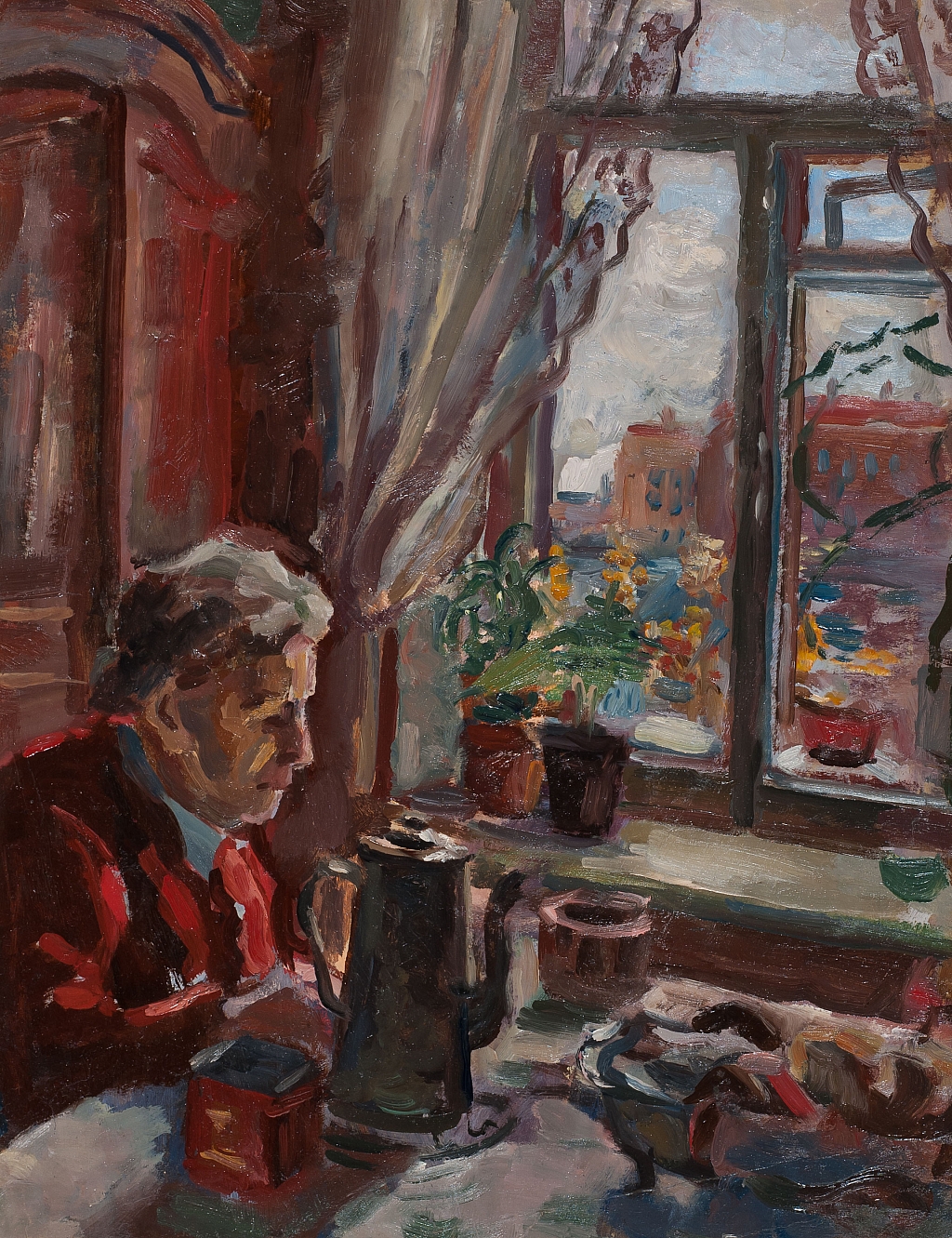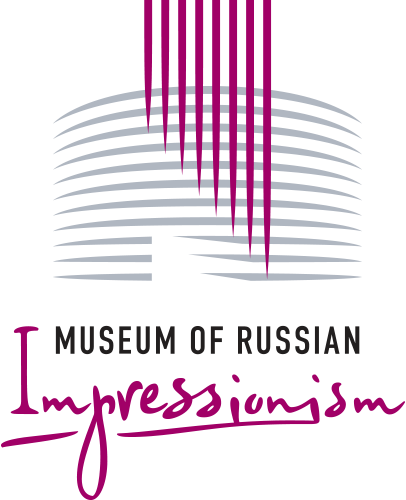
"My father would go sketching, up a path which led into the woods. With the folding easel that he almost always had with him, on his shoulders, it all felt comfortable - but apparently the easel looked like a gun, so the jackdaws would screech at him and quickly fly away. ‘Don’t be silly, there’s nothing to be afraid of,’ he would laugh. But their panic continued. Imagine it: a tall, thin man, in a worn out suit and his favorite beret, with his easel and painter's case on his shoulders, receding deeper into the forest in search of the perfect spot to paint." Lyudmila Oaks, a theatrical artist, has left us these memories of her father. A student of Dobuzhinsky and a faithful follower of Paul Cezanne, Yevgeny Oaks had mastered all the techniques of classical painting, but at the same time developed his own special pictorial language. The atmosphere of the post-war village—with its vegetable gardens, barns, and rickety wooden buildings—was his true source of inspiration. He deliberately avoided portentous subjects which went on about “the struggle for the harvest” and the like. Oaks was not only a talented painter, but a writer, too. In his youth, he participated in the creation of the Odessa poetry club "The Green Ring", among the members of which were Eduard Bagritsky, Yuri Olesha, and the close friend of Oaks, Ilya Ilf. Sitting together under a lamp with a green shade, they would read poetry together.



